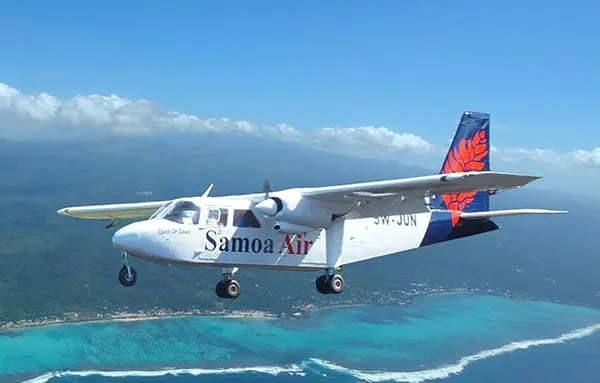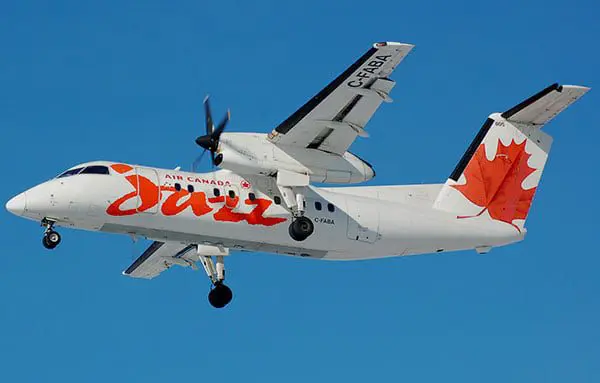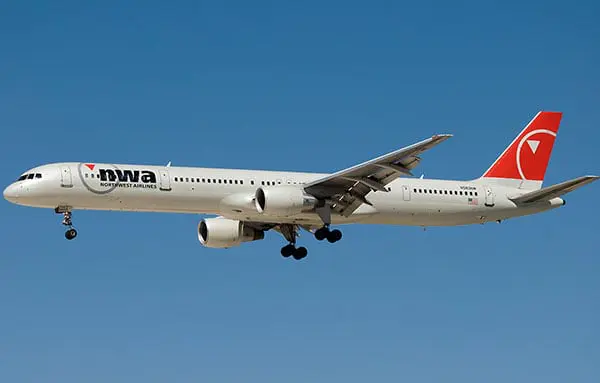Weight is money up in the air, and the heavier a load an airline has to carry, the more costly the flight will be. So, in order to streamline their operations, airlines around the world are dropping weight likes its hot.
The fluctuating price of oil and consequently fuel is a continual source of concern for the aviation industry as airlines struggle to eek out profits in times of economic struggle and global safety concerns.
So the lighter an airline can make its aircraft, the better for the airline. Indeed, everything allowed onboard a flight is carefully scrutinised for its weight versus profitability ratio. For example, even the humble in-flight magazine justifies its place onboard via the ad revenue it generates.
Here are five ways airlines of past and present have saved money by reducing their flying weight.
1. American Airlines and the $40,000 olive

Source: www.vegkitchen.com
In 1987, American Airlines (AA) saved over $40,000 in operational costs by removing just one olive from the salads served in First Class on its flights. Carrying one less olive, as trivial as it may seem, actually resulted in significant fuel savings for the airline – yep, in the tens of thousands of dollars!
This isn’t the only time AA have cut back on weight to save money. According to a former AA employee, the reason why its planes are almost bare metal is because paint adds significant weight to the aircraft, which in turn necessitates carrying more fuel.
2. Samoa Air is charging fat passengers more money

Source: www.huffingtonpost.ca
True, this example isn’t of an airline cutting back on its operational costs, but it is an example of an airline doing what it can to level the playing field and recoup some of the costs involved in transporting overweight passengers.
Samoa Air was founded in 2012 and became the first airline in the world to charge by weight – body weight and your luggage.
The small airline, which operates scheduled flights between its domestic islands and to American Samoa, says its pay-by-weight system is the fairest way to charge ticket prices in a country with a major obesity problem.
3. Ryanair encouraged its flight attendants to stay slim

According to a Telegraph article, budget airline Ryanair encouraged its cabin crew to “watch their weight” in 2012 for the purposes of cutting back on its fuel costs, with the motivation of appearing in the annual Ryanair calendar.
The airline also reduced the size of its in-flight magazine from A5 to A4 size, and has flirted with the idea of imposing a “fat tax” on overweight passengers.
4. Air Canada regional airline Jazz removes life vests

Source: www.planespotters.net
In 2008, Jazz, an Air Canada regional airline, removed life vests from all its planes in order to save weight and fuel. The life vests were replaced with personal floatation devices.
According to Canadian government regulations, the change was approved as long as the planes remained within 50 nautical miles of shore. Jazz flights don’t fly over oceans or lakes.
5. Northwest Airlines slices its limes and saves

Source: www.planespotters.net
Before being absorbed into Delta Air Lines in 2008, Northwest Airlines was able to save about $500,000 a year by slicing its limes (that would be served with soft drinks) in 16 instead of 10 slices.
Delta Air Lines continued to slice their limes in 10 slices post merger, but realised they were carrying too many limes onboard. Since cutting back, they’ve saved money too.






